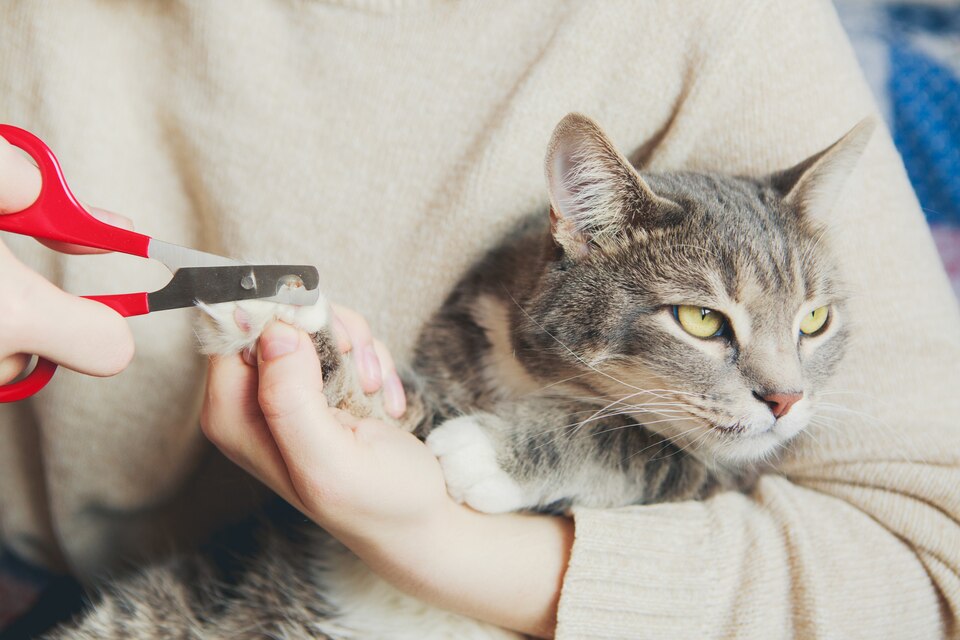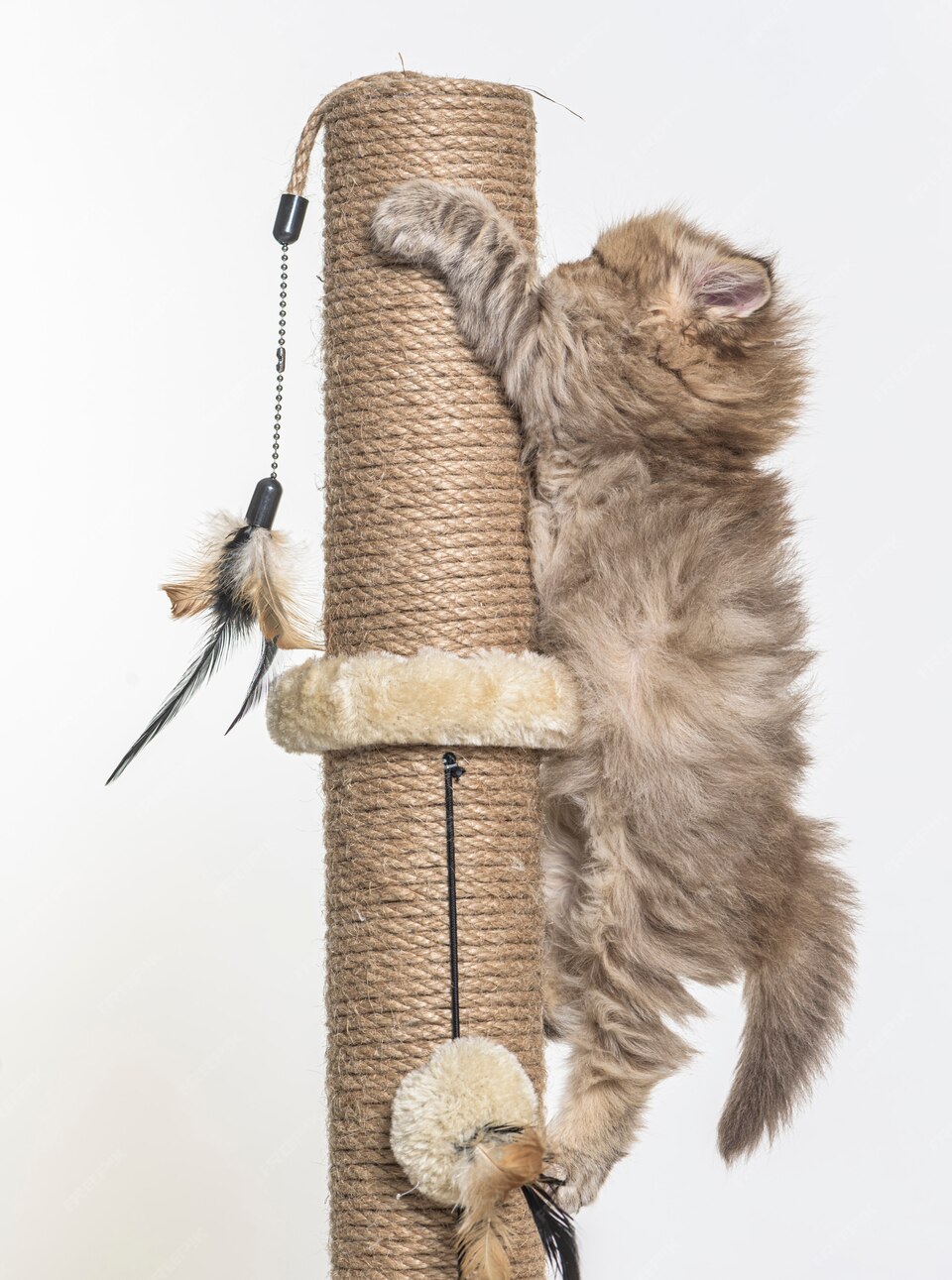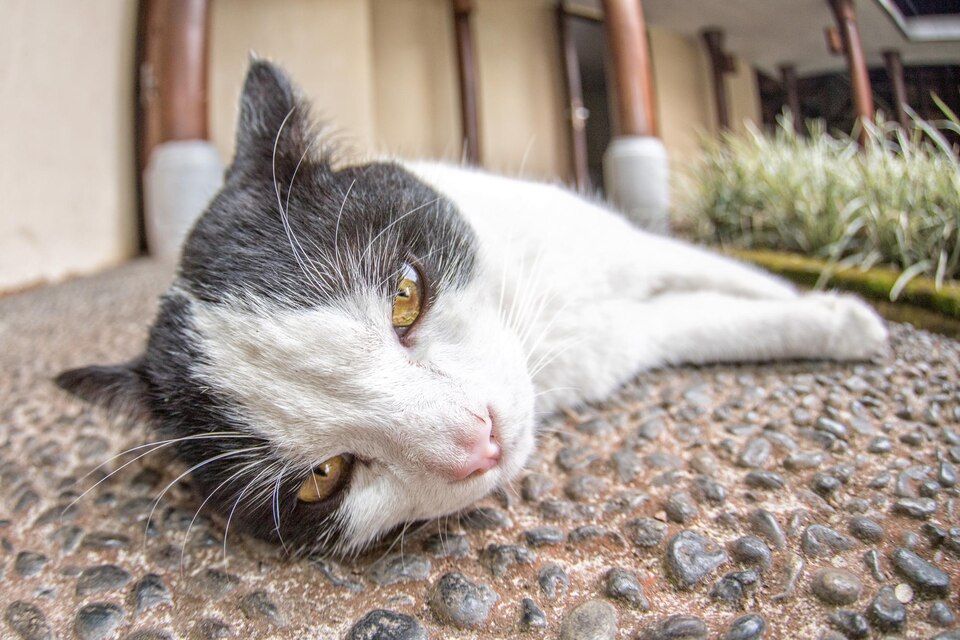7 Proven Techniques to Master Cat Training and Transform Behavior
Views: 14Training a cat is both an art and a science. While cats are often seen as independent creatures, they are capable of learning commands and behaviors when approached with patience and understanding. In this comprehensive guide, we delve into the nuances of cat training, offering you detailed steps and insights to help you foster … Read more










